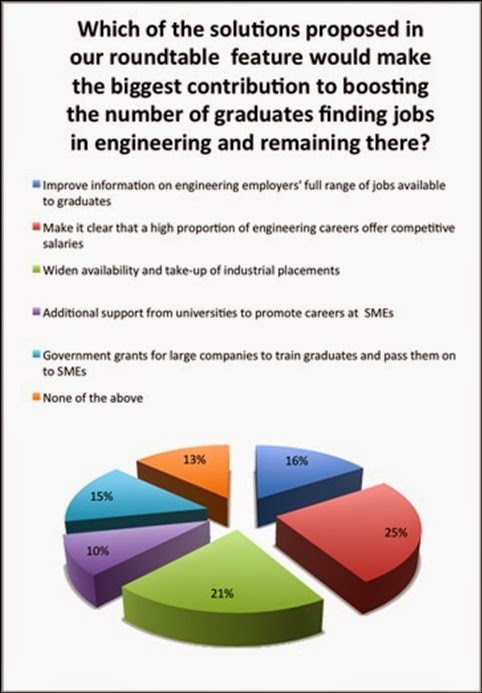Hi Energy Efficiency Perspectives for Saudi Cement Industry;
Saudi Arabia is the largest construction market in the Middle East, with large development projects under way and many more in the planning stage. The cement industry in the country is evolving rapidly and is expected to reach annual clinker production of 70 million tonnes in 2013 from current figure of 60 million tonnes per year. The cement industry is one of the highest energy-intensive industries in the world, with fuel and energy costs typically representing 30-40% of total production costs. On an average, the specific electrical energy consumption typically ranges between 90 and 130 kWh per tonne of cement. Keeping in view the huge energy demand of the cement industry, the Saudi Arabian government has been making efforts to reduce the energy consumption in the country towards a more sustainable.

Energy Demand in Cement Production;
The theoretical fuel energy demand for cement clinker production is determined by the energy required for the chemical/mineralogical reactions (1,700 to 1,800 MJ/tonne clinker) and the thermal energy needed for raw material drying and pre-heating. Modern cement plants which were built within the last decade have low energy consumption compared to older plants. The actual fuel energy use for different kiln systems is in the following ranges (MJ/tonne clinker):
- 3,000 – 3,800 for dry process, multi-stage (3 – 6 stages) cyclone preheater and precalcining kilns,
- 3,100 – 4,200 for dry process rotary kilns equipped with cyclone preheaters,
- 3,300 – 4,500 for semi-dry/semi-wet processes (e.g. Lepol-kilns),
- Up to 5,000 for dry process long kilns,
- 5,000 – 6,000 for wet process long kilns and
- 3,100–6,500 for shaft kilns.
Energy Efficiency in the Cement Industry;
With new built, state-of-the-art cement plants, usually all technical measures seem to be implemented towards low energy consumption.
So, how to reduce it further?
Energy efficiency is based on the following three pillars
- Technical optimization
- Alternative raw materials for cement and clinker production
- Alternative fuels
In Europe, the new energy efficiency directive from 2011 intends to reduce the energy consumption of the overall industry by 20%, achieving savings of 200billion Euros at the energy bill and with the goal to create 2 million new jobs within Europe. This approach will have a significant influence also on the cement industry.
Saving 20% of the energy consumption is a challenging goal, especially for plants with state-of-the-art technology.
In older plants modernizations in the fields of grinding, process control and process prediction can, if properly planned and installed, reduce the electricity consumption – sometimes in a two digit number.
Alternative Fuels
Alternative fuels, such as waste-derived fuels or RDF, bear further energy saving potential. The substitution of fossil fuel by alternative sources of energy is common practice in the European cement industry.The German cement industry, for example, substitutes approximately 61% of their fossil fuel demand. The European cement industry reaches an overall substitution rate of at least ca. 20%.
Typical “alternative fuels” available in Saudi Arabia are municipal solid wastes, agro-industrial wastes, industrial wastes and some amount of crop residues. To use alternative or waste-derived fuels, such as municipal solid wastes, dried sewage sludges, drilling wastes etc., a regulatory base has to be developed which sets
- Types of wastes/alternative fuels,
- Standards for the production of waste-derived fuels,
- Emission standards and control mechanism while using alternative fuels and
- Standards for permitting procedures.
Alternative Raw Materials;
The reduction of clinker portion in cement affords another route to reduce energy consumption. In particular, granulated blast furnace slags or even limestone have proven themselves as substitutes in cement production, thus reducing the overall energy consumption.
To force the use of alternative raw materials within the cement industry, also – and again –standards have to be set, where
- Types of wastes, by-products and other secondary raw materials are defined,
- Standards for the substitution are set,
- Guidelines for processing are developed,
- Control mechanisms are defined.
Conclusions;
To reduce the energy consumption, an energy efficiency program, focusing on “production-related energy efficiency” has to be developed. Substantial potential for energy efficiency improvement exists in the cement industry and in individual plants.
A portion of this potential will be achieved as part of (natural) modernization and expansion of existing facilities, as well as construction of new plants in particular regions. Still, a relatively large potential for improved energy management practices exists and can be exhausted by determined approaches.


















.jpg)
.jpg)
.jpg)





